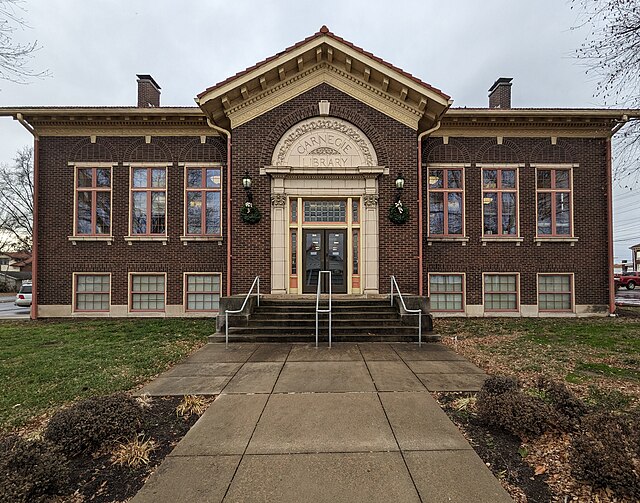
Reflection Blogging – Hyperlinked Communities
So far, there are a lot of ideas and threads that this course is pulling together to demonstrate what libraries have been (Library 1.0), what they are (Library 1.5 – 2.0) and what they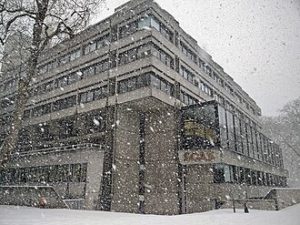 can be (Library 3.0?). I appreciated the YouTube video by Ciara Eastell at TedX Exeter, where she highlighted the many places where public spaces were closed due to civil unrest or weather disturbances, and then reminded people that libraries were open in these places and during these moments for the very reason they were closed everywhere else. These are the spaces that play a critical role in either giving people a safe place to decompress like in Ferguson, or a warm place to be inside during and after a snowstorm like in Exeter. I loved the description she used in the video for a type of library worker she called a “Super Connector.” It is a fitting aspiration for those on the front lines of meeting users’ needs for information, entertainment, learning and assistance.
can be (Library 3.0?). I appreciated the YouTube video by Ciara Eastell at TedX Exeter, where she highlighted the many places where public spaces were closed due to civil unrest or weather disturbances, and then reminded people that libraries were open in these places and during these moments for the very reason they were closed everywhere else. These are the spaces that play a critical role in either giving people a safe place to decompress like in Ferguson, or a warm place to be inside during and after a snowstorm like in Exeter. I loved the description she used in the video for a type of library worker she called a “Super Connector.” It is a fitting aspiration for those on the front lines of meeting users’ needs for information, entertainment, learning and assistance.
The Hyperlinked Library model recognizes the library itself as the “Super Connector.” It recognizes that the ways that libraries have done things in the past are not the ways that they will be done in the future as communities change and adapt, and risk takers are needed to challenge the current ways of doing things to enable libraries to continue to connect and serve their communities.
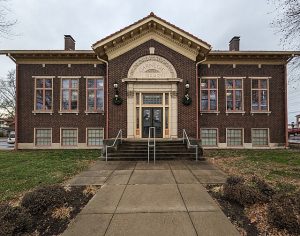 In Palaces for the People by Eric Klinenberg, the author highlights the importance of social infrastructure and its role in a functioning, healthy society. The book opens with a scene from the basement of a branch library in Brooklyn, NY with a virtual bowling team made of mostly retired people competing against a team from another branch library. As the author notes, the team and the activity and all the programs and services at the library help turn a neighborhood populated by isolated people into a community.
In Palaces for the People by Eric Klinenberg, the author highlights the importance of social infrastructure and its role in a functioning, healthy society. The book opens with a scene from the basement of a branch library in Brooklyn, NY with a virtual bowling team made of mostly retired people competing against a team from another branch library. As the author notes, the team and the activity and all the programs and services at the library help turn a neighborhood populated by isolated people into a community.
Throughout the book, libraries are places where social bonds are formed and strengthened in innovative ways thanks to library workers. The “Wash & Learn” pop up library service in another video for this lesson was a great example of going beyond the walls of the library to reach members of the community. Some of the people in the laundromat may not have even known the library existed, but by bringing services to people during their own downtime the library is “connecting” community members with information and supporting them.
I’d love to work in a library environment that served it’s community and extended its work far beyond just a collection of books.
Bibliothèques Sans Frontières. (2017, October 11). “Wash & Learn” Pop-Up Library program in the Bronx [Video]. YouTube. https://www.youtube.com/watch?v=9HM7pQiqDZY
Klinenberg, E. (2018). Palaces for the people : how social infrastructure can help fight inequality, polarization, and the decline of civic life. Crown.
Stephens, M. T. (2019). Wholehearted librarianship : finding hope, inspiration, and balance. ALA Editions.
TEDx Talks. (2019, June 13). How libraries change lives | Ciara Eastell | TEDxExeter [Video]. YouTube. https://www.youtube.com/watch?v=Tvt-lHZBUwU
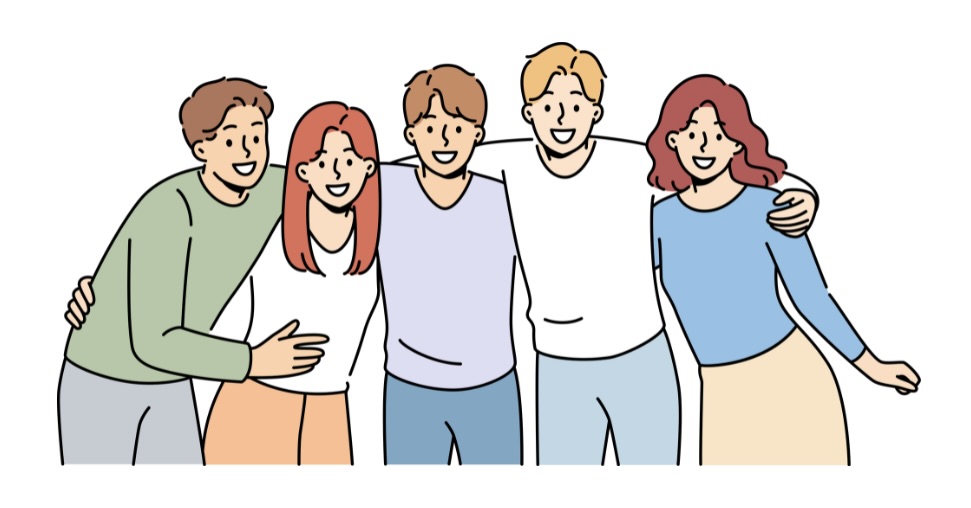
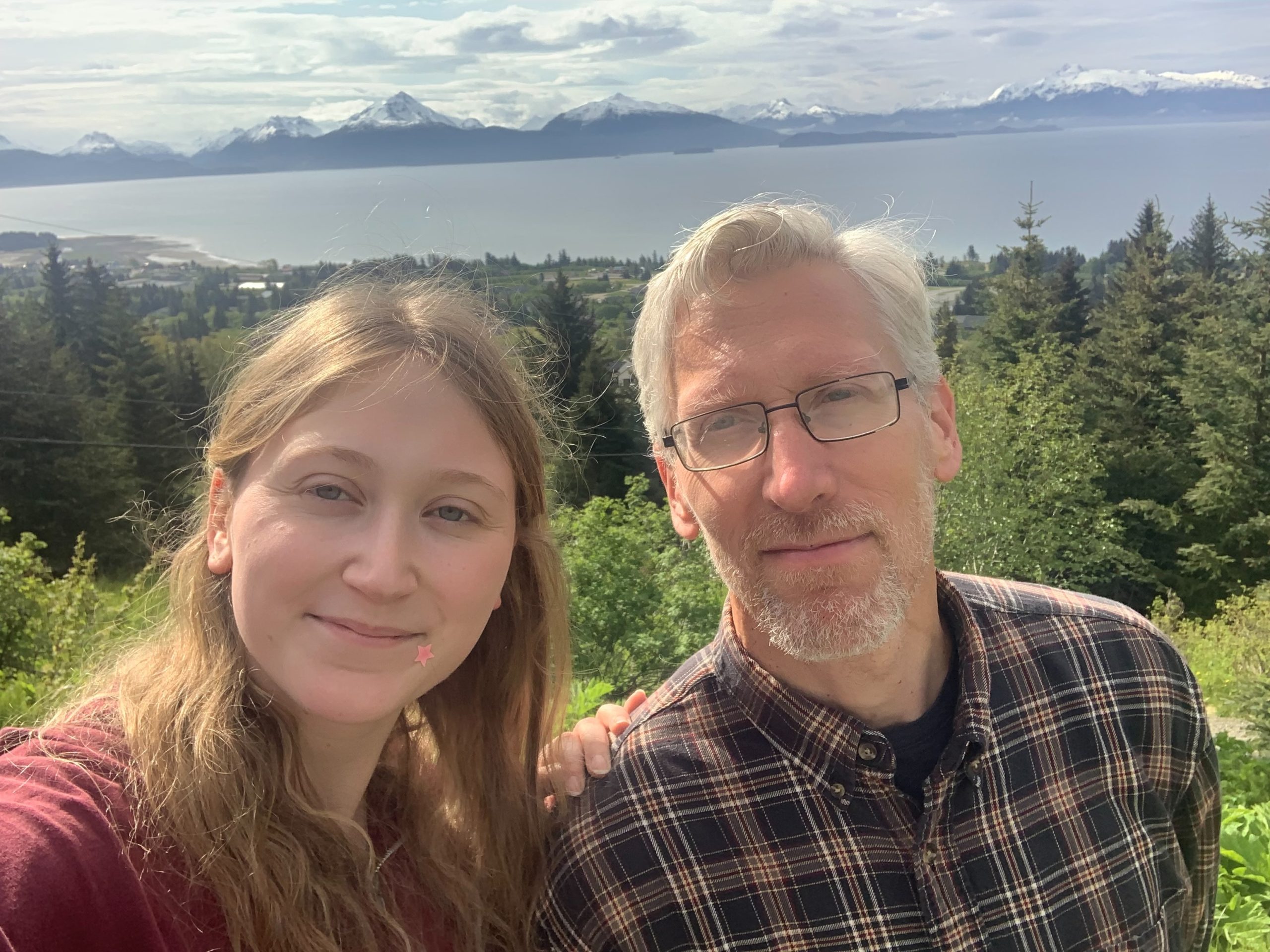
One Comment
Michael Stephens
@matthewsmith I’m so glad that the TEDx talk resonated. I appreciate being reminded of that point about the super connector. What a great way to think of it. I hope when you enter the field, you find a place to work. That is what you describe: not just focused on books, but on people and community.